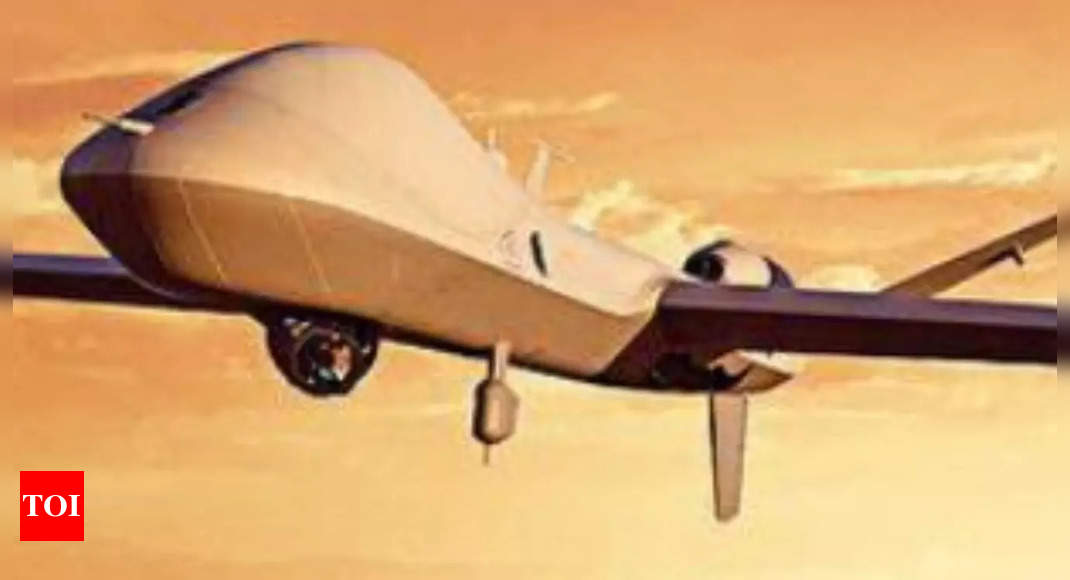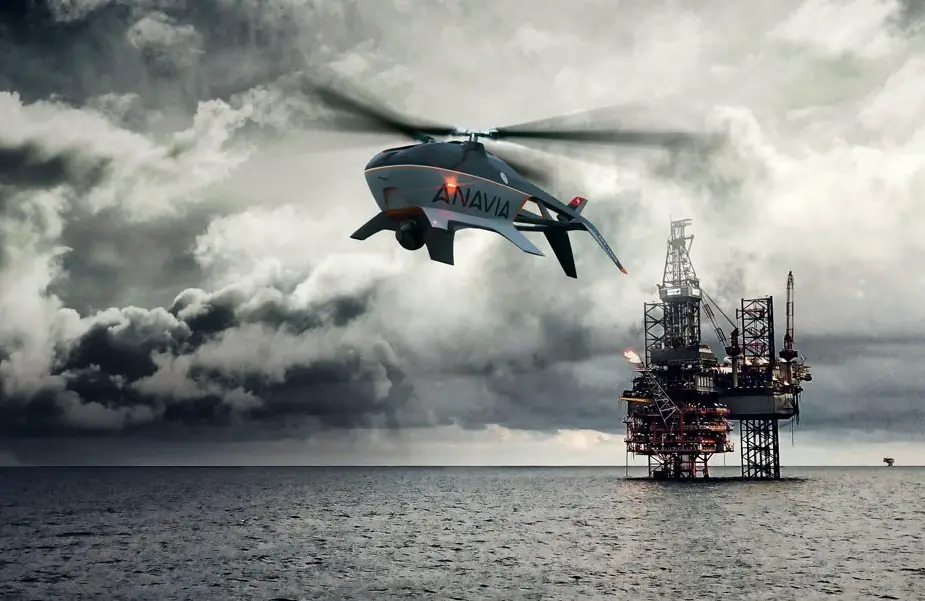"I should probably not be standing this close," I think to myself, as the robot slowly approaches a large tree branch on the floor in front of me. It's not the size of the branch that makes me nervous—it's that the robot is operating autonomously, and that while I know what it's
supposed to do, I'm not entirely sure what it
will do. If everything works the way the roboticists at the
U.S. Army Research Laboratory (ARL) in Adelphi, Md., expect, the robot will identify the branch, grasp it, and drag it out of the way. These folks know what they're doing, but I've spent enough time around robots that I take a small step backwards anyway.
The robot, named
RoMan, for Robotic Manipulator, is about the size of a large lawn mower, with a tracked base that helps it handle most kinds of terrain. At the front, it has a squat torso equipped with cameras and depth sensors, as well as a pair of arms that were harvested from a
prototype disaster-response robot originally developed at NASA's Jet Propulsion Laboratory for a DARPA robotics competition. RoMan's job today is roadway clearing, a multistep task that ARL wants the robot to complete as autonomously as possible. Instead of instructing the robot to grasp specific objects in specific ways and move them to specific places, the operators tell RoMan to "go clear a path." It's then up to the robot to make all the decisions necessary to achieve that objective.
The ability to make decisions autonomously is not just what makes robots useful, it's what makes robots
robots. We value robots for their ability to sense what's going on around them, make decisions based on that information, and then take useful actions without our input. In the past, robotic decision making followed highly structured rules—if you sense this, then do that. In structured environments like factories, this works well enough. But in chaotic, unfamiliar, or poorly defined settings, reliance on rules makes robots notoriously bad at dealing with anything that could not be precisely predicted and planned for in advance.

ukdefencejournal.org.uk








